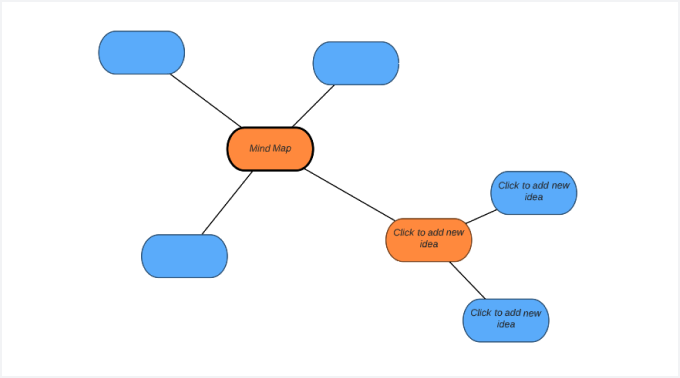Bragging Rights
Explore the latest trends, tips, and stories that make you stand out.
Mind Mapping Mayhem: Organize Your Thoughts Like a Pro
Unleash your creativity and boost productivity! Discover the secrets to mastering mind mapping and organizing thoughts like a pro.
The Ultimate Guide to Mind Mapping: Techniques to Organize Your Thoughts
Mind mapping is a powerful technique used to visually organize information, helping individuals to enhance their creativity and improve their information retention. By turning complex ideas into a graphical format, it allows for easier exploration of the relationships between concepts. To get started with mind mapping, follow these key techniques:
- Central Idea: Begin with a central theme or main concept placed at the center of the map.
- Branches: Create branches radiating from the central idea to represent related topics or sub-ideas.
- Keywords: Use single keywords or short phrases on your branches to keep it concise.
- Colors and Images: Incorporate different colors and images to enhance memory recall and to make it more engaging.
There are various tools available for creating mind maps, ranging from traditional pen and paper to sophisticated digital applications. Some popular software options include MindMeister and XMind. Utilizing these tools can further streamline your mind mapping process. Additionally, exploring online resources such as HubSpot's guide on mind mapping can provide further insights into optimizing this technique. Ultimately, the effectiveness of mind mapping lies in its versatility; whether for brainstorming, project planning, or studying, it can help you organize your thoughts effectively and efficiently.

5 Common Mind Mapping Mistakes and How to Avoid Them
Mind mapping can be a powerful tool for enhancing creativity and organizing thoughts, but many individuals fall into similar traps that hinder their effectiveness. One of the most common mind mapping mistakes is creating overly complex maps. When this happens, the essence of brainstorming gets lost amidst the chaos. To avoid this mistake, aim for clarity and simplicity. Use mind map best practices to ensure your ideas are presented in a structured and easy-to-read format. Keep your branches clear, concise, and relevant to the main topic to maintain focus and avoid overwhelming viewers.
Another frequent error is neglecting to regularly update your mind maps. Ideas evolve, and clinging to outdated information can lead to confusion. Regularly revisiting and adjusting your maps ensures they reflect your current understanding and insights. Additionally, failure to engage with others in the process can limit your perspective. Collaborate with peers and utilize digital mind mapping tools that allow for real-time contributions to enrich the brainstorming experience.
How Can Mind Mapping Boost Your Productivity?
Mind mapping is a powerful technique that visually organizes information, making it easier to understand and retain. By creating a diagram that connects thoughts, ideas, and tasks, you can create a clear roadmap for your projects. This method is particularly useful for brainstorming sessions, where you can quickly jot down ideas and see how they relate to one another. According to MindMapping.com, this structured approach not only fosters creativity but also enhances critical thinking, allowing you to boost your overall productivity.
Additionally, mind mapping helps prioritize tasks effectively. Instead of creating a linear to-do list that can often feel overwhelming, a mind map allows you to categorize tasks by their importance and deadlines. This visual representation can turn a daunting project into manageable parts, enabling you to focus on one section at a time. As noted by Productivity501, using mind maps for task management can significantly reduce stress and improve the clarity of your goals, leading to increased output and efficiency.